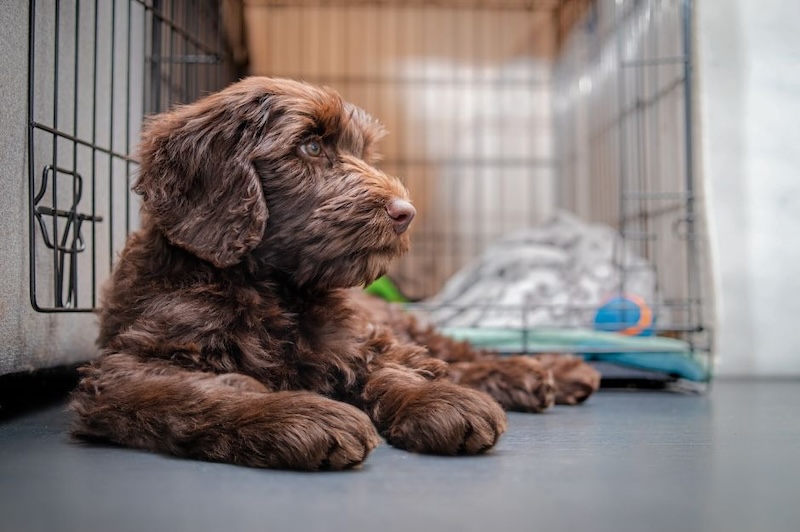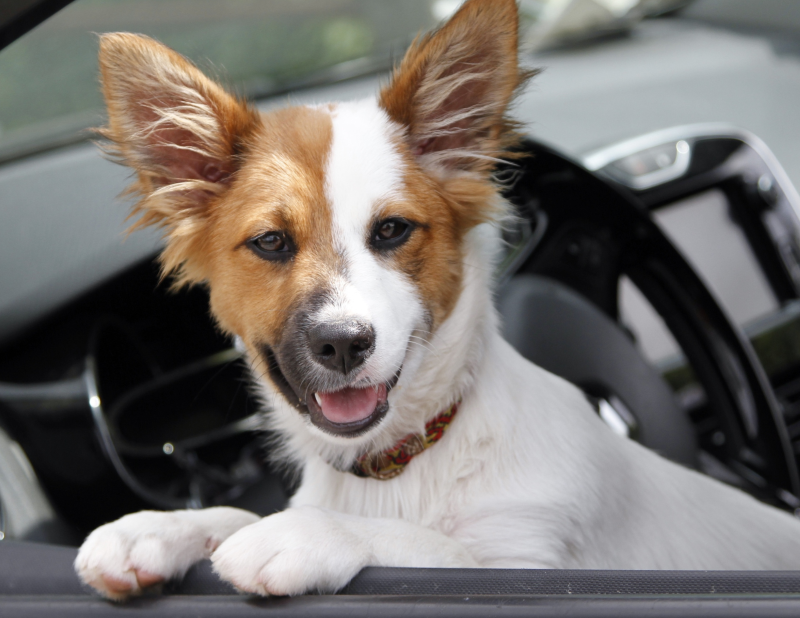Leaving your pet behind can be stressful, whether it’s for a weekend getaway or a longer vacation. Choosing the right boarding facility and preparing your pet properly can make all the difference in ensuring a safe, comfortable, and stress-free experience for both you and your furry friend.
What Is Pet Boarding?
Pet boarding is a service that provides care for your pet while you’re away. Facilities range from traditional kennels to luxury pet hotels, and some offer cage-free environments, 24/7 supervision, and even webcams so you can check in remotely.
When Should You Consider Boarding Your Pet?
Pet boarding is ideal when:
- You’re traveling and cannot bring your pet
- You have a long work trip or emergency
- Friends or family are unavailable to pet-sit
- Your pet needs specialized care or monitoring
While boarding may not be suitable for all pets—especially those with severe anxiety—it can be a great option for social, well-adjusted animals with the right preparation.
How to Choose the Right Pet Boarding Facility
Not all boarding facilities are created equal. Here’s what to look for:
- Cleanliness: Tour the facility and make sure it smells fresh and is well-maintained.
- Staff: Are they friendly, experienced, and responsive to your questions?
- Safety: Check for secure enclosures, fire safety measures, and emergency protocols.
- Veterinary Access: Ensure they have access to vet care in case of emergencies.
- Exercise & Play: Ask how often pets are walked or allowed to play.
- Reviews: Read recent online reviews and ask other pet owners for recommendations.
Preparing Your Pet for Boarding
Preparation is key to a smooth boarding experience. Follow these steps in the days leading up to your pet’s stay:
- Vaccinations: Ensure your pet is up to date on all required vaccines, including rabies and bordetella (kennel cough).
- Pack Comfort Items: Bring their favorite toy, blanket, or bed to help them feel at home.
- Label Everything: Clearly mark your pet’s belongings and any medications.
- Feeding Instructions: Provide the exact type and amount of food your pet eats at home.
- Trial Run: If it’s your pet’s first time, consider a short overnight stay to help them adjust.
What to Expect During Your Pet’s Stay
Most reputable boarding facilities provide daily updates, photos, or video streams so you can stay connected. Your pet will follow a structured schedule for feeding, playtime, rest, and sometimes grooming services.
It’s normal for pets to be a bit shy or nervous at first. Staff members are usually trained to help your pet settle in and monitor their health and behavior throughout the stay.
Alternatives to Traditional Boarding
If your pet isn’t a good fit for a standard boarding facility, you have options:
- In-home pet sitters: A sitter comes to your home to care for your pet in their familiar environment.
- Pet-sitting apps: Platforms like Rover and Wag offer sitters with reviews, background checks, and insurance.
- Friends or family: A trusted person can care for your pet in your absence—often a great choice for anxious pets.
After Boarding: Helping Your Pet Adjust
Once your pet is back home, they might seem tired or clingy—this is normal. Give them time to readjust, offer plenty of love, and resume your regular routines. Keep an eye out for any signs of illness or stress, and contact your vet if you have concerns.
Final Thoughts
Pet boarding can be a positive and safe experience with the right preparation. Take time to research facilities, get your pet used to the idea, and pack thoughtfully. Whether it’s a high-end pet resort or a cozy local kennel, the goal is the same: keeping your pet safe, happy, and well-cared-for while you’re away.
With planning and the right facility, you can enjoy your trip with peace of mind—knowing your beloved companion is in good hands.
FAQs
1. How far in advance should I book pet boarding?
Try to book at least 2–4 weeks in advance, especially during holidays or peak travel seasons. Some popular facilities fill up months ahead.
2. What vaccinations are required for pet boarding?
Most facilities require rabies, distemper, and bordetella vaccines. Some may also ask for canine influenza or flea/tick preventatives.
3. Can I bring my pet’s own food and treats?
Yes, and it’s highly recommended. Bringing your pet’s usual food helps avoid digestive upset during their stay.
4. What if my pet has special medical needs?
Choose a facility experienced in administering medications or consider an in-home pet sitter with vet tech credentials. Always provide clear instructions.
5. Will my pet be around other animals?
That depends on the facility. Some offer group play, while others provide solo care. Always ask about their policies and supervision practices.



